This post contains affiliate links.
This is a tiny house movement timeline… A brief history of tiny homes. How far back does the tiny house movement go? Some could argue that tiny homes have been here since the dawn of man. And it’s true, isn’t it? But for the purposes of this article, I’d like to start by skipping to the year 1854 because that’s the year that Henry David Thoreau published his book, Walden, after living in a 150-square-foot tiny cabin near Walden Pond on Ralph Waldo Emerson’s woodland property.
Little did he know, that he may be largely responsible for having sparked the giant tiny house movement that we are witnessing today. So please join me on a journey back in time, to explore the tiny homes of yesterday and see how they have inspired the tiny and small homes of today. And who knows, maybe we can figure out what the tiny homes of the future will be like? Let’s go…
Please don’t miss other incredible information on the tiny house movement – join our FREE Tiny House Newsletter with even more!
1854 – Henry David Thoreau publishes Walden while living in a 150-square-foot tiny cabin.

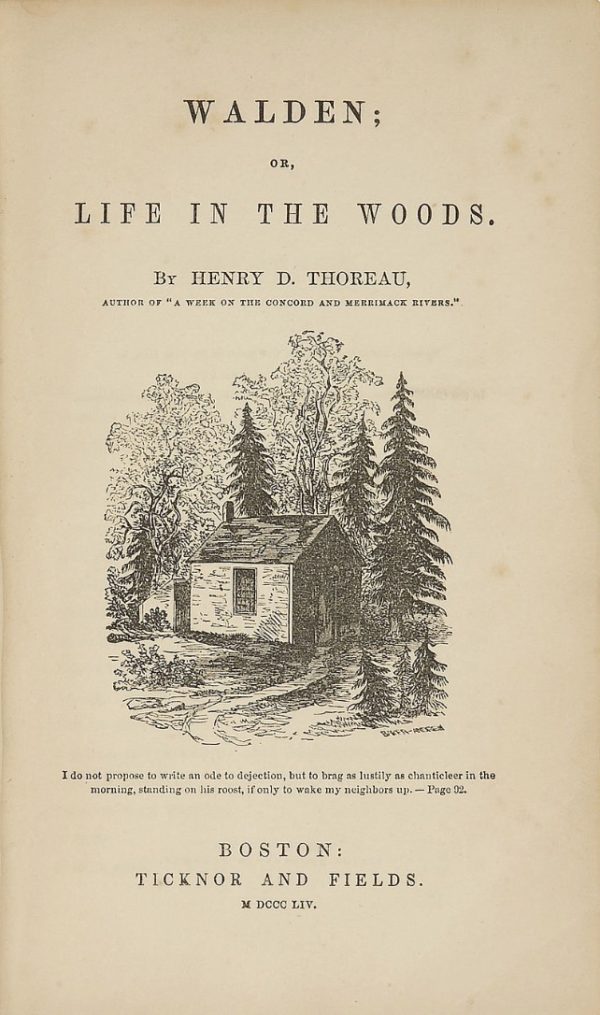
Perhaps he knew that a tiny space could provide such a stress-free existence to be able to have the time and energy to write and publish his works?
The 1800s – Shotgun shacks in the south (U.S.).

Image © Creative Commons CC by WhisperToMe
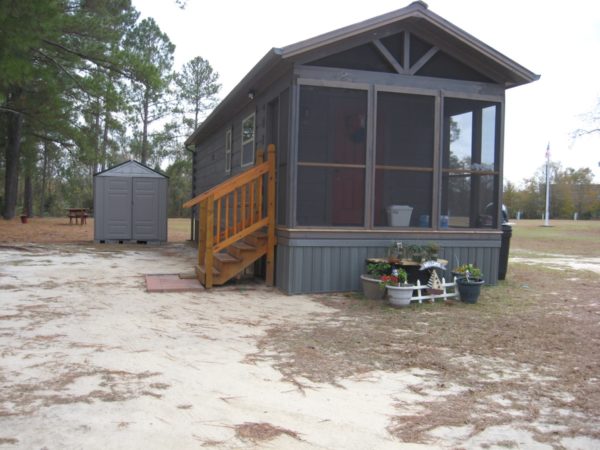
Image © Dave Taylor via Dave’s 396-square-foot shotgun tiny home
Late 1700’s – American Pioneer Cabin… Early Settlement of Oregon… The Original American Tiny House?
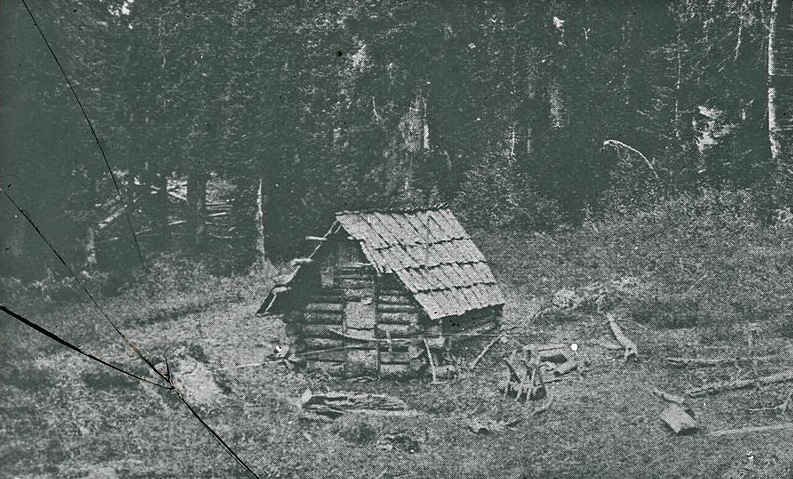
On second thought, it’s just not right to start this by skipping all the way to the late 1700s-1800s, isn’t it?
It isn’t.
But we already started it that way, so, let’s just jump into our make-believe time travel machine…
🛸 🧭
…and stop at approximately 1000 BC.😊
1000 BC – Yurts or “Gers” in Mongolia.
These homes originated in Mongolia as a very practical and mobile home because you could literally disassemble and reassemble it anywhere you like, and you and your tribe can continue on your way according to the weather. They are built to be waterproof, heat-resistant, and can be heavily insulated too!
See how this young lady has been living fully off-grid in her yurt for over 2 years.

Image © Exploring Alternatives via Woman Living Fully Off-Grid for 2 Years in a Tiny Yurt
500 BC – Tipis or Teepees.
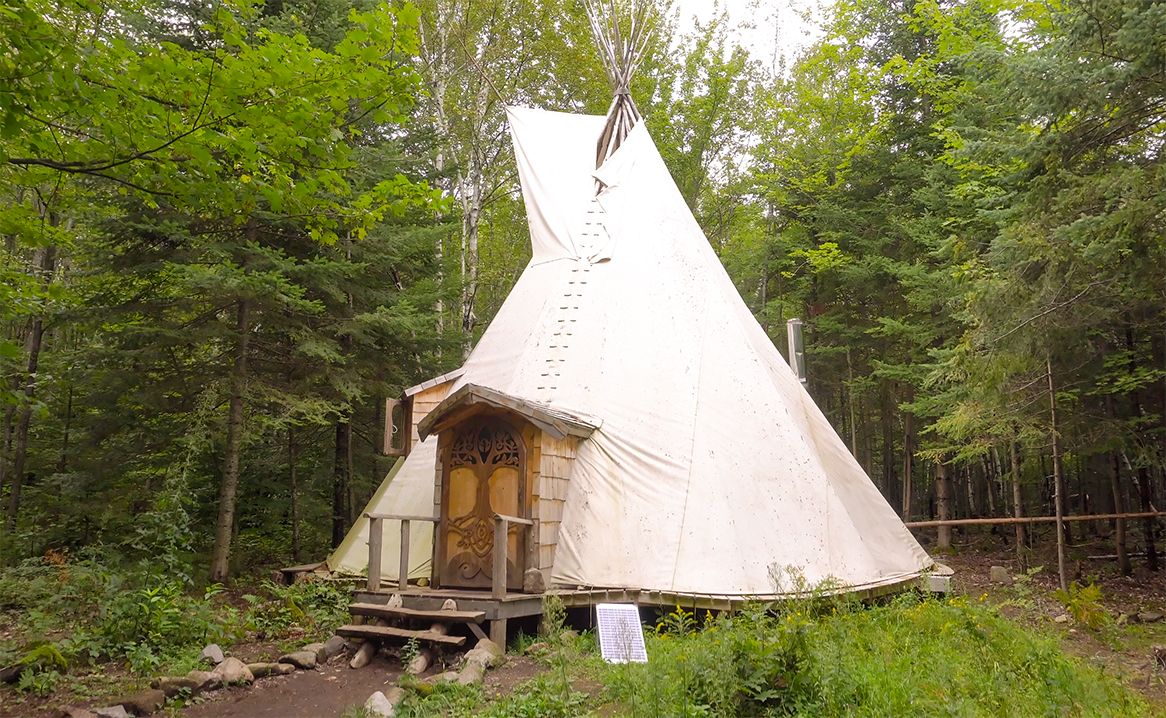
Image © Exploring Alternatives via Magical Four Season Off-Grid Tipi
There is evidence out there that suggests tipi dwellings have been around much longer than 500 BC. You can read up on that here.
The 1940s – Buckminster Fuller’s Geodesic Dome.
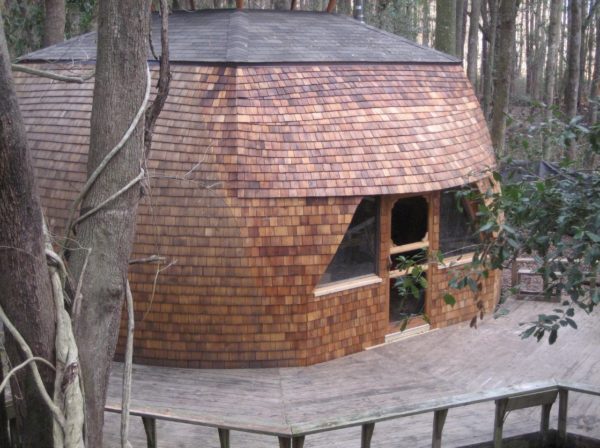
Image © ForestHotel.com via Geodesic Homes at Hotel Forest
By the way, you can see R. Buckminster Fuller and Anne Hewlett’s Dome Home in Carbondale, Illinois right here. It was their residence from 1960 to 1971. His house was one of the first residential geodesic domes ever built. You can also see it in the video below too! The RBF Dome NFP has started the Fuller Dome project and is in the process of restoring it now. More info on that project here. The blueprints are available too.
1973 – Lloyd Kahn and Bob Easton publish Shelter.
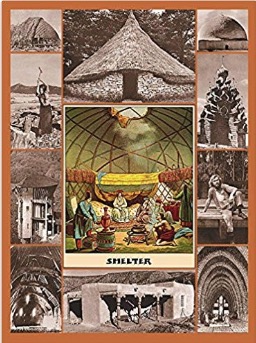
Besides publishing Shelter in 1973, Lloyd Kahn has continued to publish fascinating books on alternative homes tiny and small. See Shelter II (2010), Builders of the Pacific Coast (2008), Home Work Hand Built Shelter (2004), Small Homes: The Right Size (2017), Tiny Homes Simple Shelter (2012), and Tiny Homes on the Move (2014). It’s a beautiful collection of books, stories, and creative homes.
1987 – Lester Walker publishes Tiny Houses: Or How to Get Away From it All.

Besides Tiny Houses: Or How to Get Away From it All, Lester Walker also published Tiny Book of Tiny Houses (1993), A Little House of My Own: 47 Grand Designs for 47 Tiny Houses (2000), Housebuilding for Children (2007), among others.
1998 – Sarah Susanka publishes The Not So Big House.

Along with The Not So Big House, Sarah went on to publish Creating the Not So Big House (2002), Inside the Not So Big House (2005), and others.
1999 – Jay Shafer publishes the Small House Book and starts the Tumbleweed Tiny House Company.

Besides writing and publishing the Small House Book, which helped spark the tiny house movement into what it has become today, Jay Shafer has designed and built several tiny homes, most recently, his own $5,000 tiny house.
2000 – Dignity Village, a tiny house community to benefit the homeless, is built with 43 tiny homes built using recycled materials in Portland, Oregon.
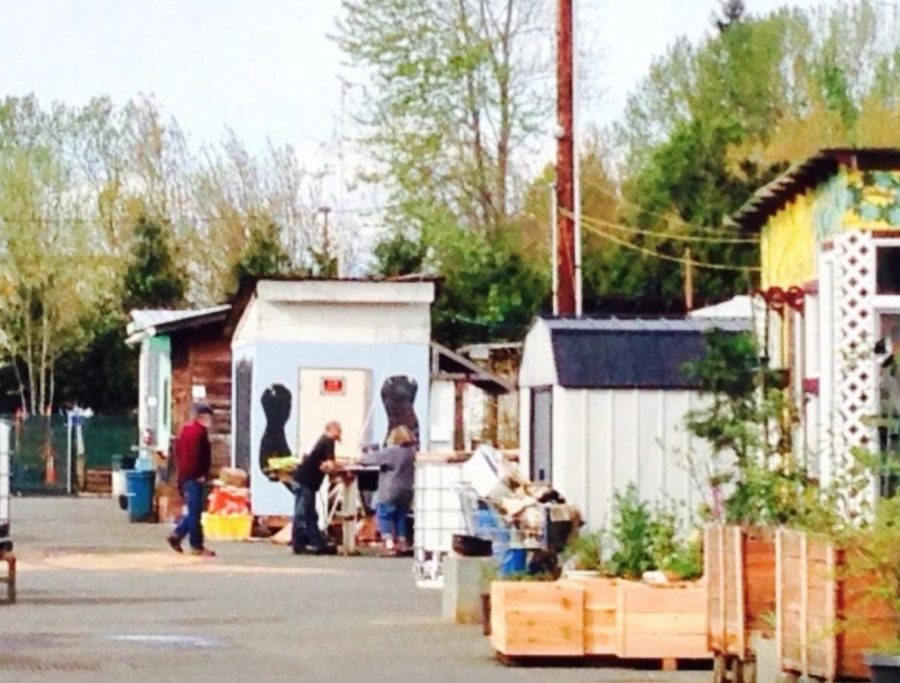
Image © DignityVillage.org
2007 – Oprah interviews Jay Shafer. The tiny house movement blows up. Tiny homes built on trailers become a popular way to overcome zoning hurdles when wanting to build tiny.
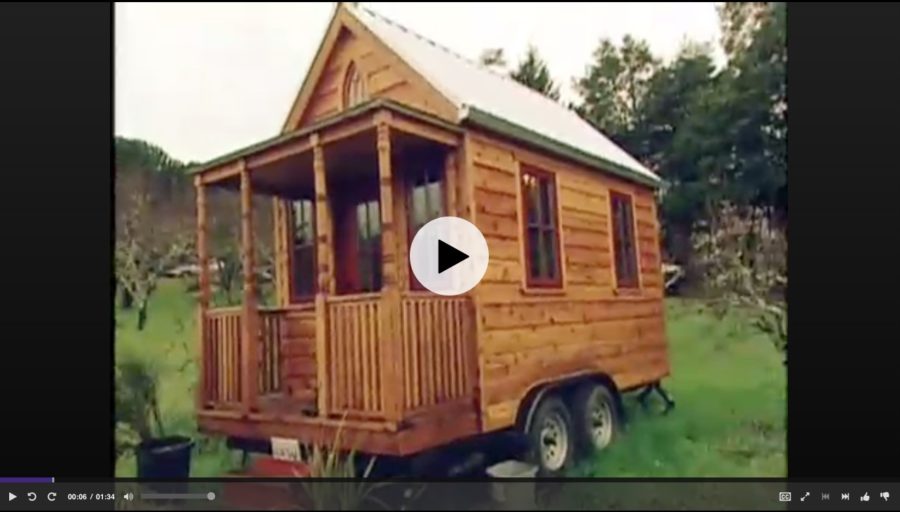
Image © Oprah.com
You can watch that over at Oprah.com.
Unfortunately, zoning is still a problem and this solution is oftentimes only temporary. Building on wheels is a great way to get around zoning laws, but many still find it very challenging to find a peaceful, suitable, and legal place to park and live in their tiny homes on wheels. The movement badly needs help to become a legitimate housing solution.
2007 – The original Quixote Community was founded as a tent camp in a parking lot. Today they have built three tiny house communities/villages.

Image © quixotecommunities.org
2007-2008 – The U.S. mortgage crisis sparks an economic downturn.
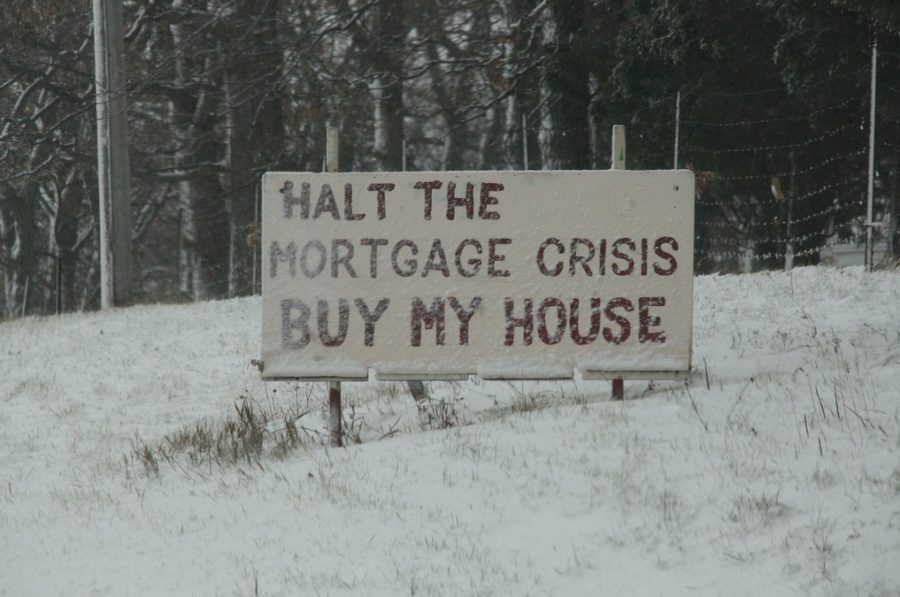
“Roadside sign”by Rain Rannu is licensed under CC BY 2.0
2010 – The FREE Tiny House Newsletter is born. TinyHouseTalk.com is born. Join below🙏
2012 – Second Wind Cottages starts tiny house village in Newfield, New York – 18 tiny homes completed so far to help restore lives.

Image © secondwindcottages.org
2014 – First tiny house-friendly city – Spur, Texas.
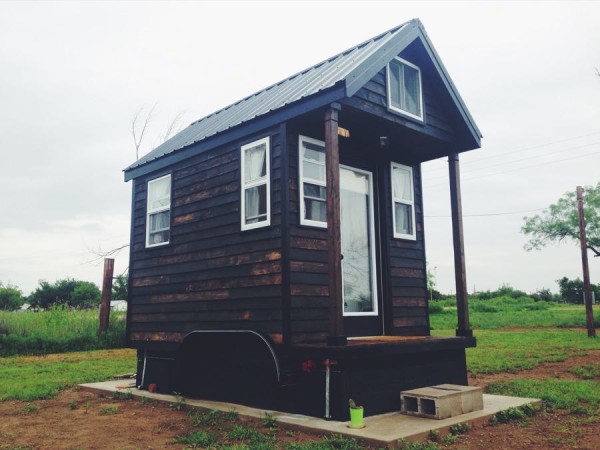
Image © Conor Mccann via Man legally living in an 84-square-foot tiny home in Spur, TX
Also see: Spur, Texas – Nation’s first Tiny House Town?
2014 – FYI’s Tiny House Nation and HGTV’s Tiny House Hunters sparks tiny house television phenomenon.

Image © FYI/Tiny House Nation
Now, everyone knows exactly what we’re talking about when we say tiny houses.
2015 – The American Tiny House Association is formed to encourage people to work with local government agencies to gain zoning approvals.

Image © ATHA
2015 – The National Tiny House Jamboree attracts 40,000 attendees in Colorado Springs.
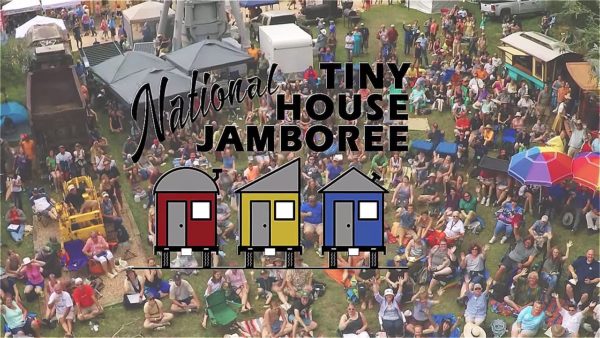
Image © TinyHouseJamboree.com
2015 – Zoning legislation is approved to allow some tiny homes in some areas in Rockledge, Florida. Rockledge Tiny House Community formed. The community now under development.
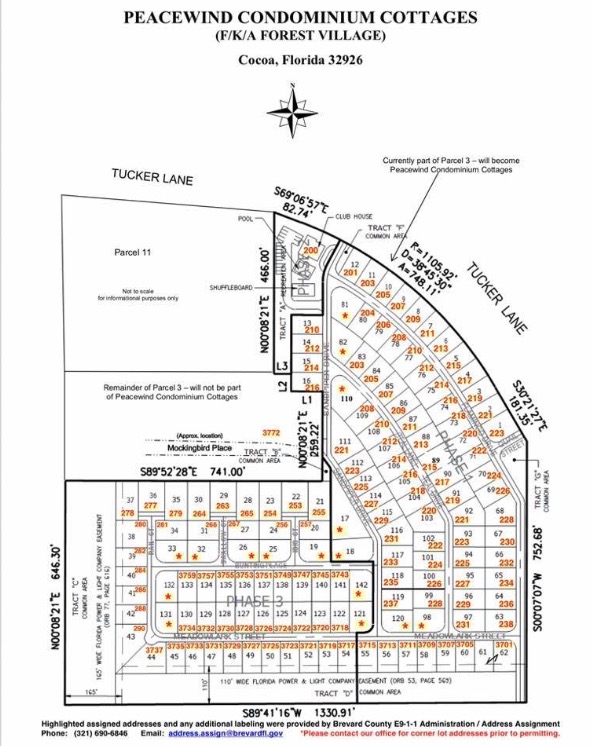
Image via braveheartproperties.org
Learn more at Braveheart Properties of Brevard and Cornerstone Tiny Homes.
2016 – Fresno, California passes a new zoning law that benefits tiny homes on wheels.

“Flying over Fresno, California”by purpletwinkie is licensed under CC BY-NC-ND 2.0
2019 – A tiny home for good charity builds 11 tiny homes, with another 11 underway, to prevent homelessness in Syracuse, New York.
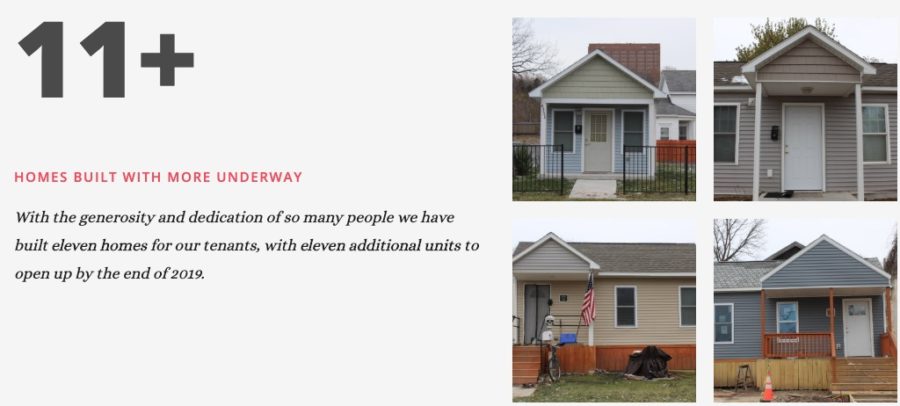
Image © atinyhomeforgood.org
2019 – Community First! Village w/ micro homes started in Austin, Texas.
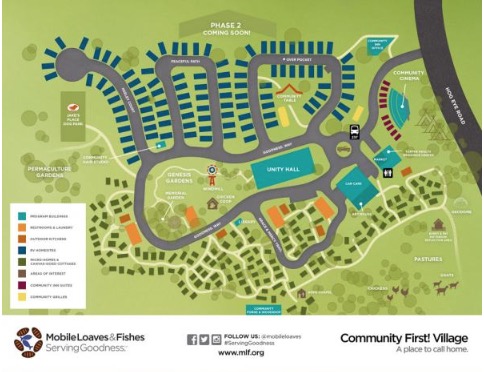
Image © mlf.org
Where will tiny homes go next?
Where do you think tiny homes will end up in the next ten, twenty, even thirty years?
What will homes and communities be like then? Will our vision of smarter, smaller, and more affordable homes finally be a common reality?
I think so. 😊
Sources
- “A tiny house movement timeline.” Accessed May 9, 2019. https://www.curbed.com/2017/7/19/15974554/tiny-house-timeline.
- “Inside the Tiny Home Movement: A Brief History.” Accessed May 9, 2019. http://blog.claytonhomes.com/inside-the-tiny-home-movement-a-brief-history.
- “The history of the tiny house movement.” Accessed May 9, 2019. https://cozeliving.com/tiny-house-movement/.
- “A tiny home for good.” Accessed May 9, 2019. https://www.atinyhomeforgood.org/about.
- “Community First! Village.” Accessed May 9, 2019. https://mlf.org/community-first/.
- “See the plans for a developing tiny house community in Florida.” Accessed May 9, 2019. http://smallerliving.org/2016/08/31/see-the-plans-for-a-developing-tiny-house-community-in-florida/.
- “Fresno passes groundbreaking ‘tiny house’ rules.” Accessed May 9, 2019. https://ww2.kqed.org/news/2016/01/19/fresno-passes-groundbreaking-tiny-house-rules/.
- “Peacewind condominium cottages.” Accessed May 13, 2019. http://braveheartproperties.org/.
- “Henry David Thoreau portrait.” Accessed May 9, 2019. Public domain. https://en.wikipedia.org/wiki/Henry_David_Thoreau.
- “Walden cover.” Accessed May 13, 2019. Public domain. https://en.wikipedia.org/wiki/Walden.
- “American Pioneer Cabin.” Accessed May 13, 2019. Public domain. https://commons.wikimedia.org/wiki/File:American_Pioneer_Cabin_(3641714830).jpg.
This post contains affiliate links.
Alex
Latest posts by Alex (see all)
- Escape eBoho eZ Plus Tiny House for $39,975 - April 9, 2024
- Shannon’s Tiny Hilltop Hideaway in Cottontown, Tennessee - April 7, 2024
- Winnebago Revel Community: A Guide to Forums and Groups - March 25, 2024




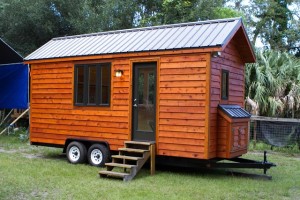

Thanks Alex. I found out about the modern TH movement from an article in, if I remember correctly, a magazine that used to come in the Sunday newspaper, back when we were still taking a newspaper, perhaps a dozen years ago. Years before that, I was already very tired of being required by family and zoning laws to own so much, such a big house (1260 sq ft); so I was very glad to find out about the TH movement. I looked it up online started watching videos, bookmarking web pages, and have been watching it closely ever since, trying to nudge my wife in this direction and hoping that someday our life situation would enable us to get out of the middle of L.A. county and get a little piece of land at the edge of a medium-small town and live in a TH there, own less, live more simply, perhaps grow some of our own food, perhaps even be off-grid and more independent. It has been a slow process. Thankyou for being a driving force in this movement.
Thanks, Garth, glad you have been enjoying the info coming your way.
I always get a chuckle reading articles like this.
People have always built tiny homes usually out of necessity, lack or resources and need to take your house with you.
Tents, yurts, tipis, mud huts, wigwams, log cabins have been used in some form by our ancestors to provide shelter all over the world.
I built my off grid solar cabin in 2007 and published my first book “simple solar homesteading” and then made my first video of that build in 2009 which inspired a lot of people and I never heard of Jay Shafer until 2010 and then others got involved in building small cabins and that morphed in to houses on wheels and was picked up by organizations looking for ideas to help homeless people.
My biggest inspiration was Lloyd Kahns book Shelter and I borrowed it from the library so much I wore out the cover so they made me buy it. Years later I was honored to have my cabin included in Lloyd Kahn’s book.
You can also credit the hippie and back to the and movement that magazines like Mother Earth News kept alive that spawned many young people to want to simplify their lives, dropout of society and resist government regulations.
I am just happy to have been a small part of that movement and still designing tiny cabins and educating people to simple and sustainable living and Alex and Tiny House Talk is also a significant part of that movement that has helped me and other designer an opportunity to get our designs out and have an audience.
Thanks Alex!
Thanks, LaMar, honored to have you add to the conversation!
Hello ,, I live in the UK & wonder if anyone has any insight / info / experience on land / regs etc for siting a TH in UK &/or for Spain /Italy / Portugal ,, thankYou : ) ,, great post Alex
You would need to ask your local council as every application is judged individually. Its more about what its to be used for, not what it is.
A tiny home on wheels (a trailer) comes under the umbrella of being a mobile home or caravan. Mobile homes up to 65 x 22 ft in size can be placed on your property without planning permission as long as members of the household use them only as additional living space or temporary arrangement.
While a mobile structure that isn’t changing or developing the land it is sited on won’t generally need planning permission. But it’s a bit more complicated than that. Specifically, you’ll need to consider how long it’s going to be there, and what it’s going to be used for. You will not need planning permission based on the following criteria:
Location: As long as the tiny home on wheels is within the ‘curtilage’ of a house – this means the driveway or garden, for example.
Type: The tiny house must conform to the legal definition of a ‘caravan’ under the Caravans Sites and Control of Development Acts 1960 and other associated regulations. Three tests are applied to the home: 1) construction test, 2) mobility test, and 3) size test.
It is technically possible to build a tiny house on foundation and make that your primary residence in the UK but getting around the massive bureaucracy and labyrinth of regulations can take literally years and chance of success vary by location and council running it…
There are other options but they can be tricky and have their risks but you can check builders like Tiny House Scotland and other builders and advocacy groups in the UK and some of the other European nations for more details and specific legal advice and comparisons of the challenges of doing the same in other European nations…
James ! 🙂 ThankYou So much for an awesome reply , really appreciate it ! ,, been dreaming of tiny living for years & the time has come to jump ,, many thanks for the pointers !
Thanks, Sally! James has posted some pretty helpful advice to get you started. Another great idea is to find someone as close to you as possible who has done it. Is there a story online about it or anything? How did they do it? Maybe you can reach out to them?
Also, you can probably find lots of really old tiny/small homes/apartments in these countries if you spend some time looking both in person and on real estate websites, craigslist, etc. You might run into something really cool that would work and it already exists! But you would want to be able to jump on it when you find it 🙂
ThankYou Alex , some great ideas & pointers from You & James .. Love all the tiny house inspiration , keep it coming 🙂
For the UK, I believe Gumtree and Preloved are more widely used than Craigslist…
In France there is leboncoin.fr.
In the Netherlands there is Marktplaats.nl.
In Germany there is Mobile.de but eBay.de is also used.
In China (including Hong Kong) there is Taobao and Alibaba.
In Japan there is Rakuten, Yahoo Auctions and Kakaku.com.
In Korea there is Junggonara, which is a “Naver Cafe”
In Austria there’s willhaben.at
In Italy there’s casa.it, immobiliare.it, soloaffitti.it.
In Poland olx.pl and allegro.pl
Some services are international but popularity varies in different countries… While you’ll have to watch out how they describe the property as not everyone uses the same terms/references and there’s different assumptions of what’s included, etc. in different countries that may not be specifically listed…
You may also want to consider thinking outside of the box options, like say Narrowboats, Sheppard huts, Granny Flats, etc.
An interesting article, but I do feel it missed out a lot, especially details around other small homes such as the Shepherds Hut (my favourite) and the humble caravan which is used by many thousands around the world both for recreation and full time living.
Thanks for pointing that out, Ian. It’s almost as if the article could have been called “A brief history of tiny homes in North America” except for the fact that I did include Mongolian yurts (lol). I think I’ll take some time to edit the article to make it better and include the Shepherds Huts as well as caravans, so stay tuned 🙂
(After I update it, I’ll be sure to re-share it again in the newsletter, etc.)
Anyone can join here (free) if you already haven’t:
=> http://tinyhousenewsletter.com
ThankYou James , great resources ! Much appreciated 🙂
Left out the earthquake shacks that were built after the San Francisco Earthquake and fire in the early 1900s. A few of them, much added to and modernized, still exist there. Google can scare a few articles about them, along with recent sales of the modernized ones. Oh, and a park there has 2 examples of how they were originally.
Hi David, thanks for mentioning this! That’s why I love the comments.
If I’m not mistaken, trailer park trailers have been around for quite a while now and honestly built to last. I know they get a bad wrap, but they will certainly outlast most of the modern built tiny homes. I’ve seen the construction techniques and they will last about as long as a cheap 80’s camper or my rusty dodge truck in the NE US.. Seriously for the price of some of these, I’d rather go old school trailer park trailer. Really feel like the city folks are being duped with this trend. Thanks for some history. I’d say miners and loggers camps should also qualify as a sweet old time tiny home village.
“Trailer park trailers” have been around a long time but they got a bad wrap for a reason because they typically don’t last or have other issues stemming from how they’re constructed. Those still around are either relatively new or have been repeatedly repaired and maintained over the years, just like Caravan/RV’s that go back decades.
While no, modern tiny houses are not built like cheap 80’s campers. If you saw one built like that then it’s wasn’t a tiny house. People often confuse tiny houses with other types of mobile structures but the key point of a tiny house is it’s actually built like a house with at least 2×4 framing, real insulation, residential windows, roofing, etc. and some of them are built even better than most houses with some on the high end being rated to handle up to 200+ MPH winds and over 9.0 earthquakes for durability and have things like the metal roof with an over 40 year warranty…
Tiny houses are also not limited to being on wheels and can be on foundations, where they do have to show they meet code and zoning requirements and in some cases people can take a THOW and put it on a foundation because they are built well…
Doesn’t mean you have to choose them, just clearing up any misconceptions about them… While prices vary for a lot of reasons…